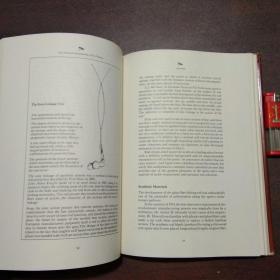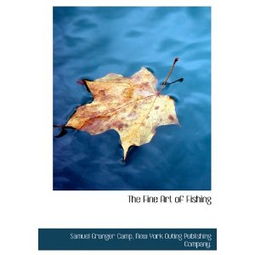As the late spring sun begins to warm the waters of the reservoir, anglers eagerly anticipate the peak of the fishing season. The lush greenery and blooming flowers create a picturesque backdrop for the art of angling. In this article, we will delve into the essential techniques for mastering late spring fishing at the reservoir. Whether you are a seasoned angler or a beginner, these tips will help you reel in the big ones and enjoy a successful day on the water.
Choose the Right Spot
The first step to successful late spring fishing at the reservoir is to select the right spot. Look for areas with deep water near shallow banks, as these locations often attract fish seeking the ideal feeding grounds. Keep an eye out for submerged structures like rocks, logs, and weed beds, as these can provide excellent hiding spots for fish. Additionally, areas with a current or aeration, such as around lily pads or along the shoreline, can be hotspots for late spring fishing.
Understand Fish Behavior

Understanding the behavior of fish during late spring is crucial for a successful outing. During this time, fish are typically more active and eager to feed. They are also preparing for the spawning season, which can make them more aggressive. Here are a few key points to consider:
- Timing: Early morning and late afternoon are often the best times to fish, as these periods offer cooler water temperatures and increased activity from fish.
- Feeding Patterns: Fish are more likely to feed during low-light conditions, so pay attention to the weather and time of day to optimize your fishing strategy.
- Spawning: As the water temperature rises, fish may start to spawn. Look for areas with gravel or sandy bottoms, as these are common spawning sites.
Select the Right Gear
The type of gear you use can significantly impact your success on the reservoir. Here are some recommendations:
- Rod and Reel: Choose a rod and reel that are suitable for the type of fish you are targeting. A medium-light rod with a spinning reel is a versatile option for late spring fishing.
- Line: Use a monofilament line that is strong yet flexible. A line thickness of 6 to 12 pounds is typically adequate for most reservoir fish.
- Lures and Baits: The choice of lures and baits will depend on the species you are targeting. For panfish like bass and trout, soft plastics, spinnerbaits, and jigs are effective. For larger fish, live bait such as worms, minnows, or crayfish can be irresistible.
Master the Art of Casting
A precise and accurate cast is essential for successful fishing. Here are some tips to improve your casting technique:
- Warm-Up: Spend some time warming up your muscles and practicing your casting before heading out to the reservoir.
- Arm Position: Keep your elbow close to your body and use your wrist for a smooth, controlled cast.
- Timing: Time your cast to land your lure or bait in the water before the fish has a chance to react.
Patience and Adaptation
Fishing is as much about patience as it is about skill. Be prepared to wait for the perfect bite, and don't be afraid to change your approach if the fish are not biting. Experiment with different lures, baits, and techniques until you find what works best for the conditions.
Conservation and Safety
Always practice conservation and safety when fishing at the reservoir. Respect the natural environment, follow local fishing regulations, and be mindful of other anglers and water users.
In conclusion, late spring offers some of the best fishing opportunities at the reservoir. By choosing the right spot, understanding fish behavior, selecting the proper gear, mastering your casting technique, exercising patience, and prioritizing conservation and safety, you'll be well on your way to a successful and enjoyable fishing experience. Happy fishing!












